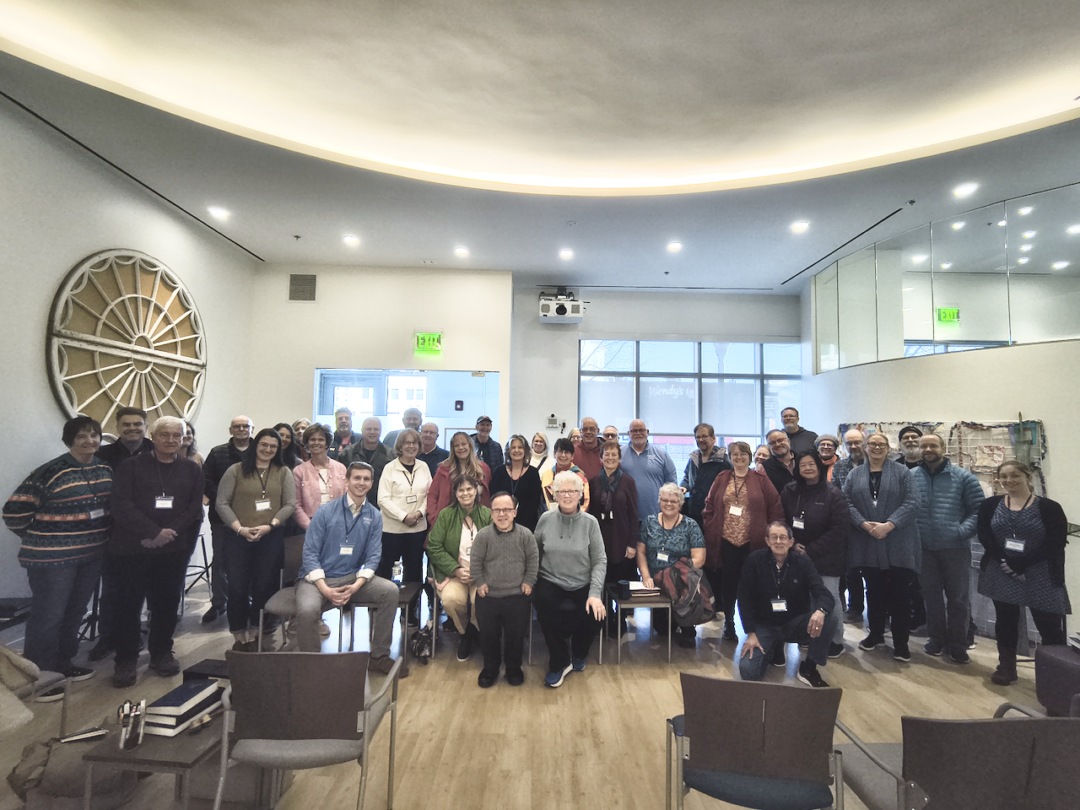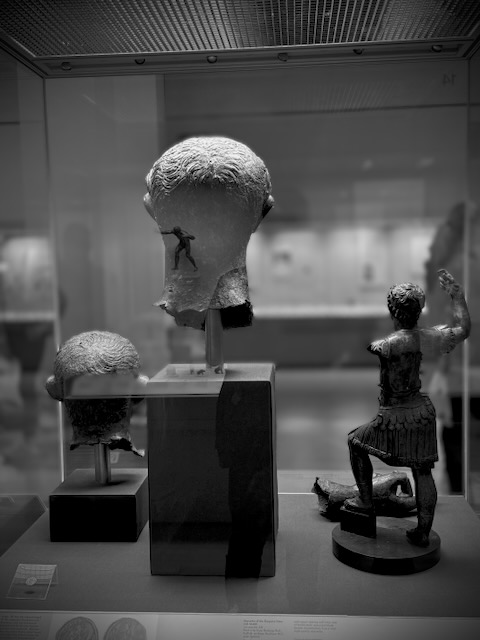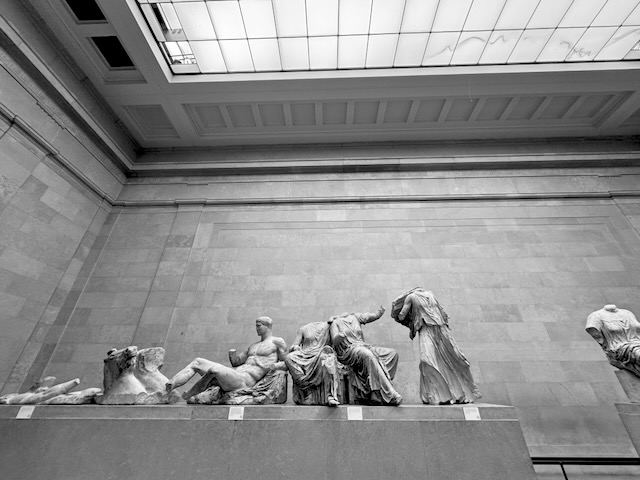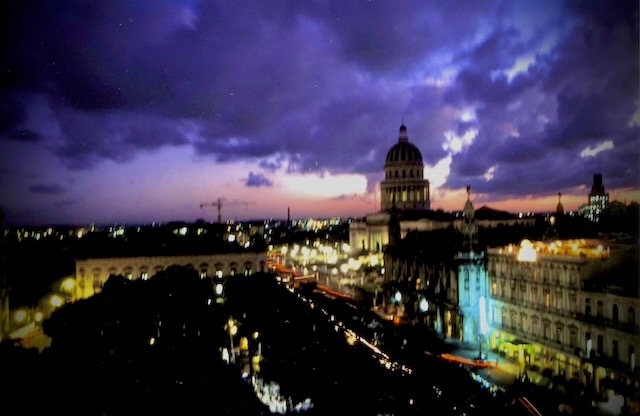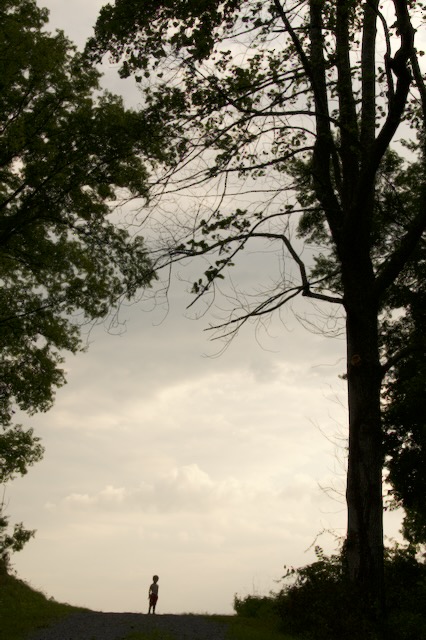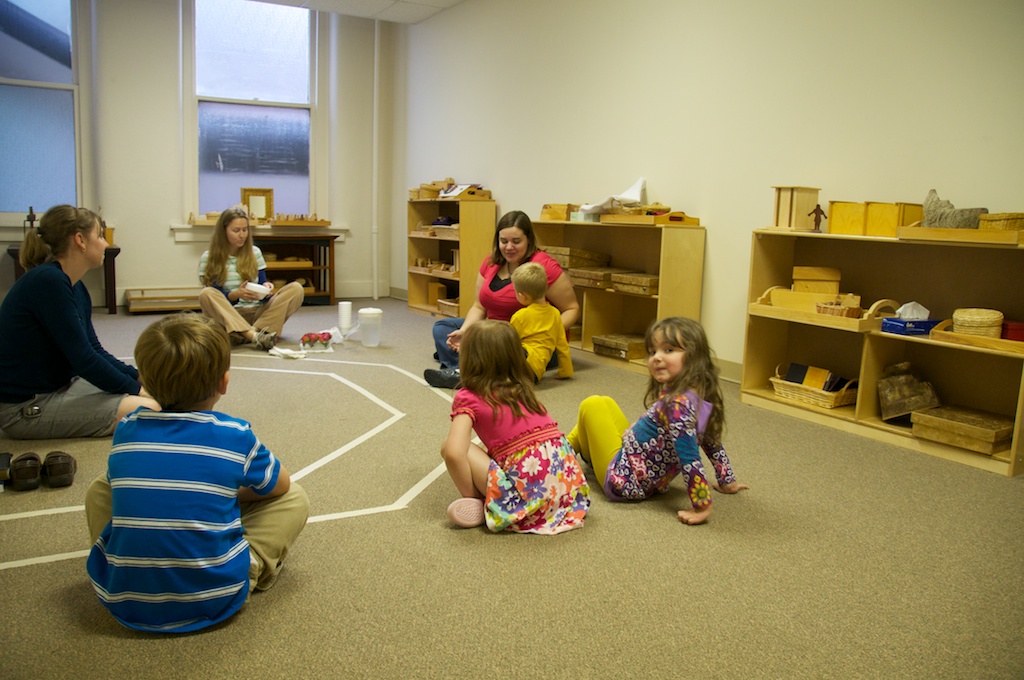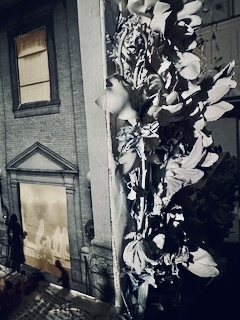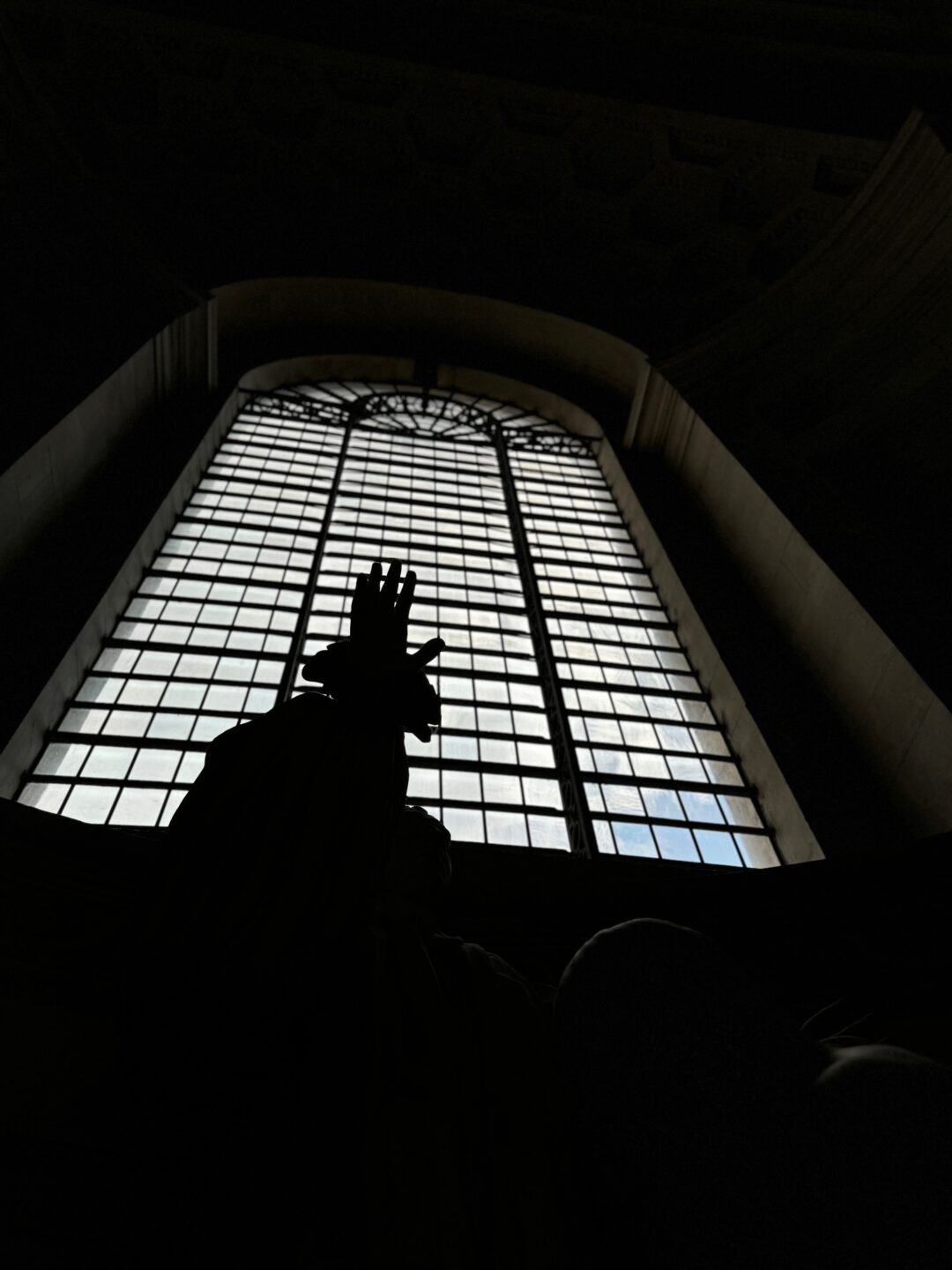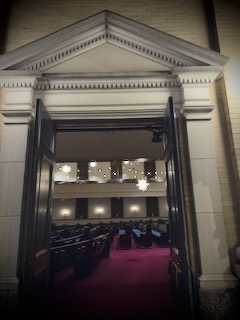Tabernacle is one of just thirteen churches nationwide invited to participate in Building for Hope, a two-year, grant-funded initiative designed to help congregations reimagine how their buildings and land can better serve their communities—and, in doing so, help sustain the mission of the church.
This isn’t a side project. It’s a purposeful process that invites the congregation to explore how we might use our space more fully for the common good, while also building a more sustainable financial future for our ministry.
Rooted in faithful economic practice, this work centers on social enterprise—a mission-led approach to using what we’ve been given (our space, our location, our creativity) to meet real community needs while generating income to support long-term ministry. Social enterprises aren’t about profit—they’re about purpose. Churches across the country are doing things like:
- Turning unused classrooms into art studios and business incubators
- Offering coworking spaces and after-school programs
- Inviting food entrepreneurs to use commercial kitchens
- Developing affordable housing on church property
- Partnering with nonprofits to create gardens, clinics, or community spaces
In all cases, the mission leads. Any project we pursue must reflect our calling to love, serve, and seek justice.
Where We Are Now
This past week, two of our team members—Sterling Severns and Ryan Corbitt—joined cohort representatives from twelve other congregations for a national Zoom call to share updates and learn from one another. In just a few weeks, three members of our team will attend the second offsite cohort gathering in Alexandria (May 15–17), returning with new insights and energy for the next phase of our journey.
Before that, the full Tabernacle team will gather on Tuesday, May 13 to complete Session 3 of the Good Futures Accelerator. This session, titled Community and Context, centers on listening: to our neighbors, to our history, and to where God might already be at work. We’ve also partnered with the BGAV to launch a demographic study that will help us better understand the people who live around us—and how we might come alongside their gifts and needs.
Who’s Involved?
Our current team includes: Ryan Corbitt, Jay Hartman, Donna Soyars, Kathy McGraw, Sterling Severns, and April Kennedy. A few others have recently expressed interest in joining the team, and we anticipate welcoming additional members in the coming weeks.
This is an active working team, guiding the process and helping shape how and when the broader congregation is engaged. Importantly, the team does not make final decisions on behalf of the church—it stewards the process, creating space for all of us to listen, discern, and imagine together.
We also want to share a leadership update: Donna Soyars, one of our three coordinating leaders, is stepping back from that coordinating role to focus more fully on her responsibilities as Chair of Building & Grounds. She remains a committed and active team member, and we are deeply grateful for her wisdom and dedication. In the coming weeks, a new team coordinator will step into that role alongside Ryan and Sterling.
What’s Next?
We anticipate hosting the first churchwide gathering in early June, opening the process to broader congregational conversation, input, and imagination. These sessions will continue throughout the year and will be essential in helping us discern what expressions of social enterprise might take shape at Tabernacle.
This isn’t about fixing a problem. It’s about following God’s Spirit into what’s possible—rooted in our story, shaped by our neighbors, and open to where hope leads.
Let’s keep listening.
Let’s dream together.
Let’s build for hope.

